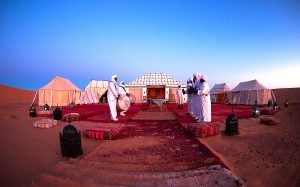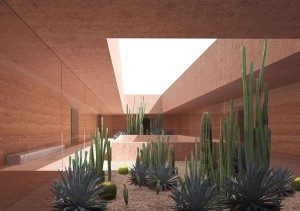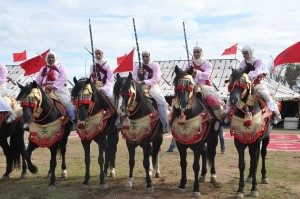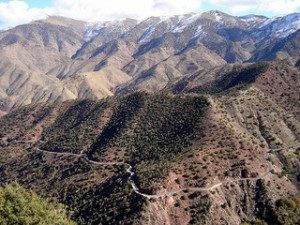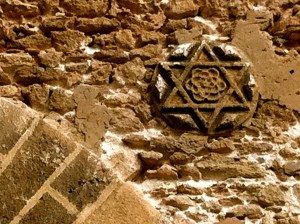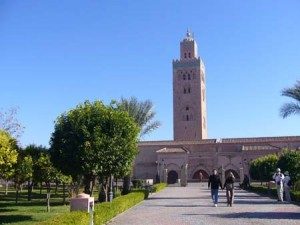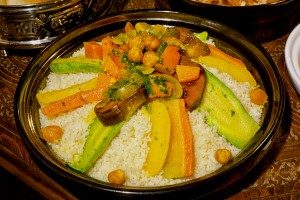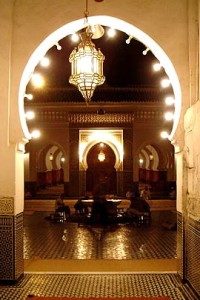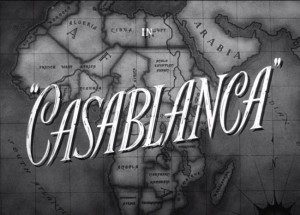Travelers to Morocco are guaranteed a once in a lifetime experience as they head off in the Morocco’s Desert Dunes. Morocco’s Merzouga’s Erg Chebbi Dunes boasts a variety of unique flora and fauna to explore along with its Desert villages which can be explored by camel or 4×4 wheel drive. Morocco offers a wide range of desert camps however there are only a handful of Luxury Desert camps to be found. Each part of Morocco’s great Sahara desert has a few Luxury Desert camps that offer a worthwhile stay.
